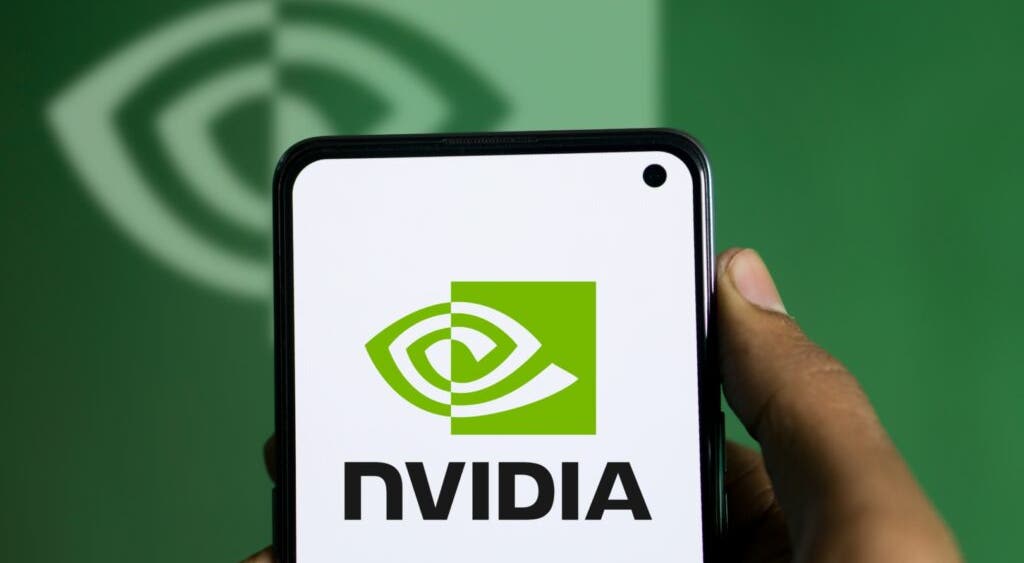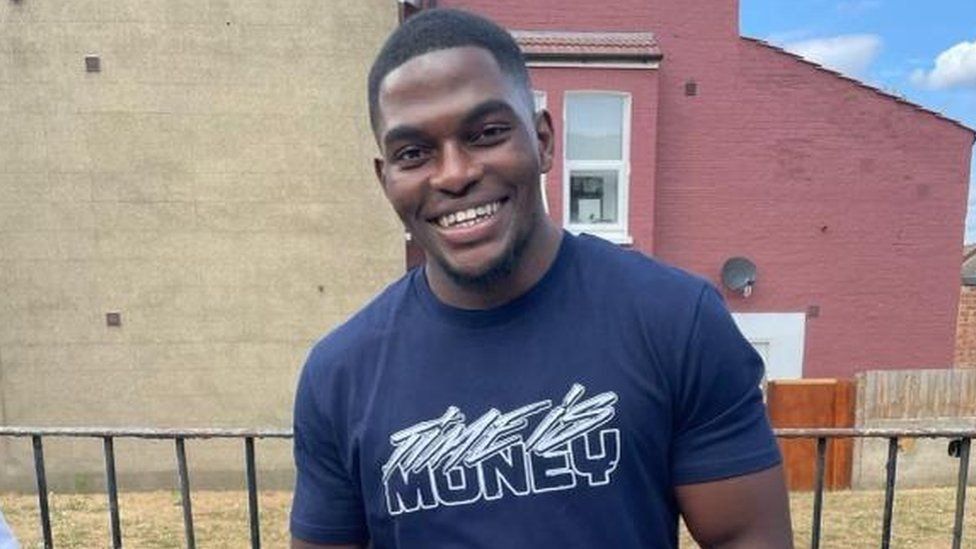Gangs Of London Season 3: The Reality Behind The Violence

Table of Contents
The Show's Portrayal of Gang Violence
Hyper-Stylized Action vs. Real-Life Consequences
Gangs of London is known for its hyper-stylized action sequences. While visually stunning, these scenes often exaggerate the reality of gang violence. The show prioritizes dramatic effect over a nuanced portrayal of the often messy, less glamorous, and far more insidious nature of real gang activity.
- Examples of stylized violence: Over-the-top fight choreography, unrealistic weapon usage, and a focus on spectacular, visually arresting violence.
- The emotional toll on victims in real life: The show rarely depicts the long-term psychological and emotional trauma suffered by victims of gang violence, their families, and communities. Real-life consequences include PTSD, anxiety, depression, and lasting physical injuries.
- The long-term effects of gang violence on communities: The pervasive fear and distrust created by gang activity, the disruption of daily life, and the economic burden on affected communities are often overlooked in the show's focus on individual conflicts. These lasting effects impact social cohesion and opportunities for generations.
The Weaponry and Tactics Depicted
The weaponry and tactical maneuvers displayed in Gangs of London are a mixed bag in terms of realism. While some weapons and tactics are consistent with those used by actual London gangs, others are clearly exaggerated for dramatic effect.
- Specific weapons shown: The show features a range of firearms, bladed weapons, and improvised weapons. While many are realistic representations of those found in the criminal underworld, the sheer volume and variety might be an exaggeration.
- Tactical maneuvers: The show depicts sophisticated tactical maneuvers, often involving coordinated attacks and strategic planning. While some gangs employ tactics, the level of organization and coordination shown might be heightened for narrative purposes.
- The realism of the show's fight choreography: The fight sequences are impressive but often depart from the reality of gang violence, which is frequently characterized by opportunistic attacks, sudden violence, and less-than-perfect execution. The show's choreography is far more stylized and cinematic.
- The role of technology in modern gang warfare: The show touches upon the role of technology but could explore further the use of encrypted communication, social media for recruitment and intimidation, and the role of technology in intelligence gathering and operations. Real-world gang activity increasingly relies on technology.
The Socioeconomic Factors Fueling Gang Violence
Poverty, Inequality, and Lack of Opportunity
The show hints at the underlying socioeconomic factors that contribute to gang violence, but it doesn't fully explore the complex interplay of poverty, inequality, and lack of opportunity. These factors are crucial in understanding why individuals join gangs.
- Statistics on poverty and inequality in London: London, like many major cities, grapples with significant levels of income inequality and poverty, creating fertile ground for gang recruitment.
- The impact of social deprivation: Lack of access to quality education, healthcare, and social services disproportionately affects certain communities, making them more vulnerable to gang involvement.
- Lack of educational opportunities: Limited access to education and vocational training limits future prospects, pushing young people towards the allure of quick money and status offered by gangs.
- The cycle of poverty and violence: Gang involvement often perpetuates a cycle of poverty and violence, trapping individuals and communities in a vicious cycle.
The Role of Systemic Issues
Beyond individual circumstances, systemic issues play a significant role in perpetuating gang violence. These systemic failures contribute to a climate of distrust and disenfranchisement.
- Examples of systemic issues: Police brutality, racial profiling, inadequate social services, and a lack of investment in deprived communities.
- Their impact on communities: These systemic issues foster resentment, alienation, and a lack of faith in authority, creating an environment where gangs can thrive.
- The relationship between police and marginalized communities: A strained relationship between law enforcement and marginalized communities hinders effective crime prevention and community engagement.
- The need for social reform: Addressing systemic issues requires significant social reform, including investment in community programs, improved policing practices, and policies that promote social justice and equality.
The Impact of Gangs of London on Public Perception
Sensationalism and Stereotypes
The show’s dramatic portrayal of gang violence can significantly influence public perception. While entertainment value is high, the risk of perpetuating harmful stereotypes and sensationalizing violence is real.
- Examples of stereotypes: Gangs of London might inadvertently reinforce negative stereotypes about specific ethnic groups or communities associated with gang activity, simplifying complex realities.
- The impact of media portrayals on public opinion: Media representations of gang violence profoundly impact public understanding and attitudes toward gangs and the communities they inhabit.
- Responsible reporting vs. sensationalism: The show's creators have a responsibility to approach the subject matter with sensitivity and avoid needlessly glorifying or sensationalizing violence.
The Importance of Critical Viewing
It is vital for viewers to engage critically with Gangs of London, separating the fictional narrative from the realities of gang violence.
- Tips for critical viewing: Consider the show's context, understand the show's narrative choices, be aware of potential biases, and avoid making generalizations based on fictional portrayals.
- Considering the show's context: Understanding the show's artistic choices, intended audience, and dramatic purpose allows for a more nuanced interpretation.
- Understanding the show's narrative choices: Recognizing that the show prioritizes drama and entertainment over complete accuracy helps viewers engage critically.
- Avoiding generalizations: The show’s portrayal should not be used to form generalizations about entire communities or ethnic groups.
Conclusion
Gangs of London Season 3 provides a thrilling but stylized exploration of gang violence. The show's entertainment value is undeniable, but it is crucial to remember the vast difference between the show's dramatic depiction and the complex realities of gang life in London and beyond. Understanding the socioeconomic factors that contribute to gang violence is key to addressing the issue effectively. The show's impact on public perception requires critical analysis and responsible engagement.
Call to Action: Continue the conversation. Watch Gangs of London Season 3 critically and engage with discussions about the show's portrayal of violence and its reflection of real-world issues. Let's work together to understand the complexities behind Gangs of London and the realities of gang violence in London and beyond.

Featured Posts
-
 Enexis Slim Opladen In Noord Nederland Buiten De Piektijden
May 01, 2025
Enexis Slim Opladen In Noord Nederland Buiten De Piektijden
May 01, 2025 -
 Nvidias Strategic Response To Evolving Global Dynamics
May 01, 2025
Nvidias Strategic Response To Evolving Global Dynamics
May 01, 2025 -
 Chris Kaba Panorama Police Watchdog Challenges Bbc Broadcast To Ofcom
May 01, 2025
Chris Kaba Panorama Police Watchdog Challenges Bbc Broadcast To Ofcom
May 01, 2025 -
 Rare Seabird Research A Focus On Data Collection And Analysis By The Te Ipukarea Society
May 01, 2025
Rare Seabird Research A Focus On Data Collection And Analysis By The Te Ipukarea Society
May 01, 2025 -
 Staycation Surge 20 Increase In Canadian Airbnb Bookings
May 01, 2025
Staycation Surge 20 Increase In Canadian Airbnb Bookings
May 01, 2025
